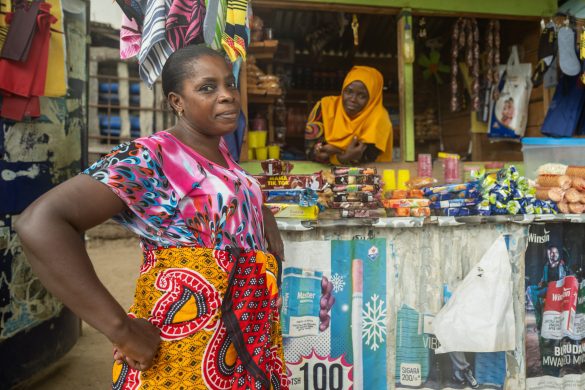Latin Americas economy should pick up speed this year to post 4,5 percent growth on strong demand for its raw materials, particularly from China and the United States, a Chile-based UN body said on Thursday, according to the World Bank press review Friday.
The United Nations Economic Commission for Latin America and the Caribbean (ECLAC) revised its forecast for regional gross domestic product growth in 2004 up to 4,5 percent from 3,8 percent.
– The region is growing faster than our original expectations. This is the highest regional growth rate since 1997, although we are coming out of six years of low expansion, ECLAC executive secretary Jose Luis Machinea said.
In its report, ECLAC revised upward its outlook for most economies in the region, which grew an average 1,5 percent last year, but warned that weak domestic demand and high unemployment could threaten the export-fueled upturn.
Despite two years of consecutive growth in the region as a whole, per capita GDP in 2004 should only rebound to 1998 levels after a prolonged slowdown which pushed more people into poverty.
ECLAC said weak domestic spending in many Latin American countries accompanied by a lack of new jobs has cast doubt on the strength of the recovery.
Latin American data available so far this year, however, suggest foreign investors are returning to the region and companies are putting idle capacity back into production, it said. The biggest unknown is the health of the US economy, which sets the pace for the region.
Boosted by South American commodities, exports will rise some 15 percent on the year overall, up from 8 percent in 2003, with a 9 percent rise in volume and 6 percent rise in price. The regions commodities – except for oil – still are not at peak levels from previous cycles, but it is not clear whether prices will return to those levels.
Intra-regional trade has been recovering, rising 16,2 percent in the first half of this year. The regions export surplus is reaching some 3 percent of GDP, leading to the second-straight current account surplus for the region after not having had one since 1953.
If sustained, that surplus would be troubling as it represents a transfer of resources out of the region; thus far it is unproblematic as it is being fueled by the export boom, he added.
Additionally, Latin American foreign workers will send home funds amounting to more than 2 percent of GDP this year, helping compensate some payments to outside. Capital outflows are declining, helped by rising foreign direct investment. Still, net transfers to other regions, including interest payments, will reach near 3,5 percent of GDP.
Moderate growth is expected from Nicaragua (3,5 percent) and Bolivia (3,3 percent) – both of them major recipients of Danish development aid.
Kilde: www.worldbank.org















